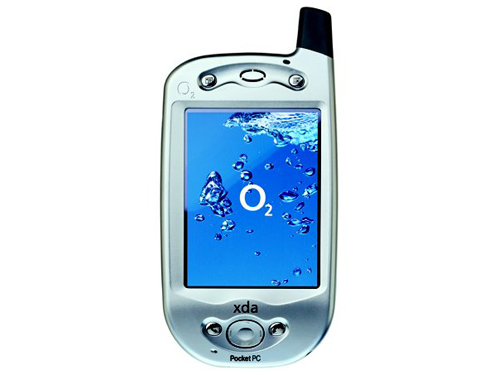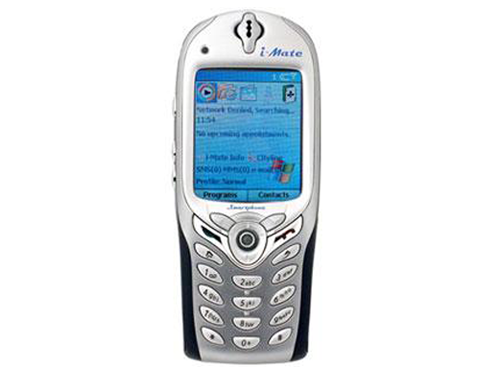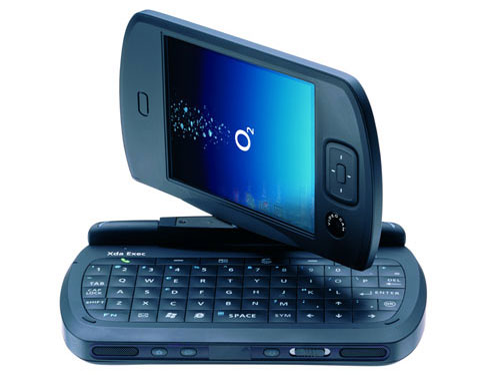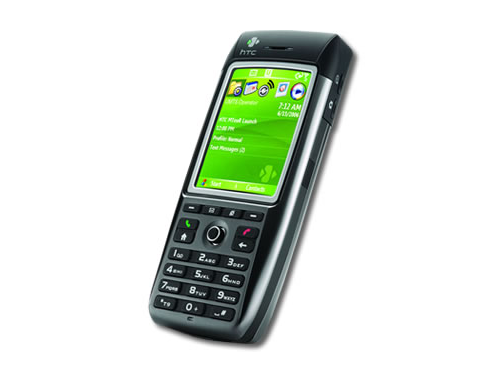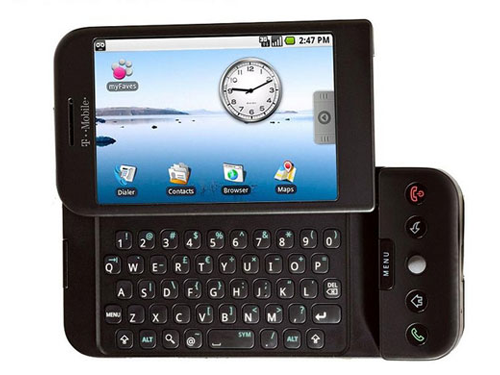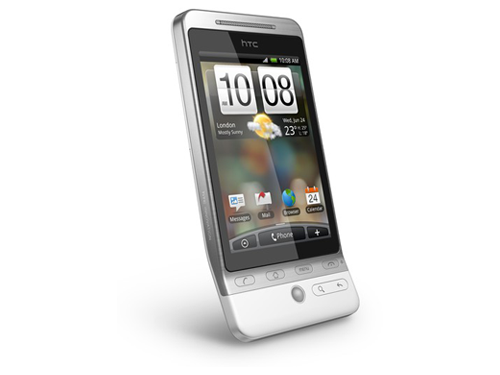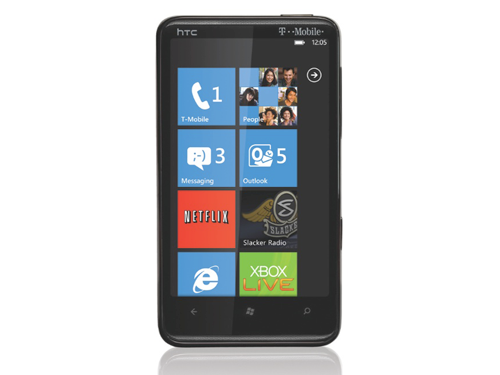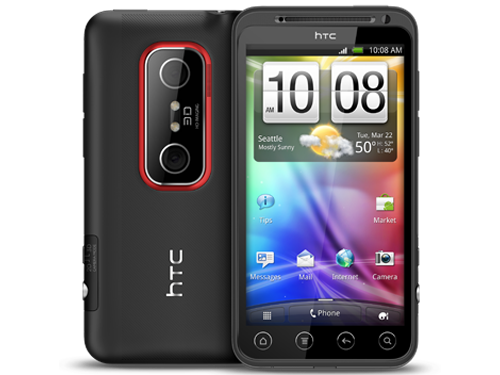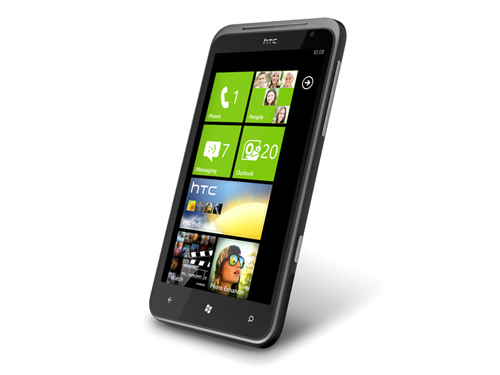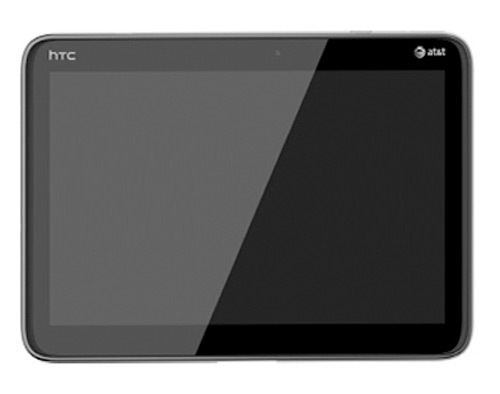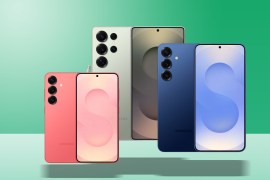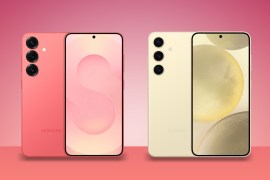Gadget Flashback – HTC
As HTC ventures into the world of Android tablets, we celebrate its early days as a smartphone trailblazer...

O2 XDA (2002)
Despite being given the amusing codename of HTC Wallaby, the XDA was the first PDA phone to take its job seriously. It had many modern touchscreen smartphone features including MS Office apps, but the big news was GPRS for (slowly) filling your boots with Wikipedia and webmail. Geeks rejoiced.
Orange SPV E100 (2002)
With a name that underlined its capabilities – sound, pictures and video – the SPV was one of the first blowers to run Windows Smartphone. It had business aspirations, but was more a technology showcase, with instant messaging, Windows Media Player and proper web on its tiny, non-touch screen.
HTC Universal (2005)
Adopted by T-Mobile, Orange and O2, the Universal was the first Pocket PC phone to come running Windows Mobile 5.0 – and, even more excitingly, a 3G connection. The clamshell design allowed it to tout a full QWERTY and a 3.7in, orientation-adjusting, 180-degree-swivelling screen.
HTC MTeoR (2006)
HTC’s first own-brand phone (along with the TyTN) and also the first 3G Windows Mobile 5.0 smartphone, the MTeoR was the slimmest Windows Mobile device HTC had produced so far. It slipped into the pocket nicely, but a poor 1.3MP camera and lack of 3.5mm headphone socket limited its appeal.
T-Mobile G1 (2008)
The game-changer. Also known as the HTC Dream, the G1 was the world’s first Android phone, and HTC’s first with a capacitive touchscreen, which meant true finger-friendliness. It was too bulky and geeky, but its successors would go on to make Google’s OS the world’s top-selling smartphone platform.
HTC Hero (2009)
The first real rival to the iPhone 3GS, the Hero heralded the arrival of HTC’s Sense UI. This went on to form the bedrock of the company’s Android experience, streamlining Google’s steadily improving interface and making it that bit slicker. The phone’s smart design also won it a legion of fans.
HTC HD7 (2010)
Windows Phone 7 may have thrown out the WinMo rulebook, but the HD7 was basically an HD2 with a facelift. HTC Sense was replaced by WP7’s sliding-screen Metro interface, which looked glorious on the 4.3in screen, and many HTC apps – including the trademark Weather – were present and correct.
HTC Evo 3D (2011)
‘Gimmick’ jibes aside, the HTC Evo 3D is a monster. With dual five-megapixel cameras mounted side-by-side on the rear to capture 3D video and a 3D-ready screen, there’s a lot to pack into its chassis. Like a dual-core 1.2GHz Snapdragon processor, which keeps things buzzing along at a breakneck pace.
HTC Titan (2011)
One of the first phones to run the updated Windows Phone 7 ‘Mango’, the Titan lives up to its name: 1.5GHz processor, massive 4.7in screen, HTC Watch on-demand movies and an 8MP camera with a fast f2.2 lens. We’re hoping the latter will banish HTC’s reputation for making shoddy camphones.
HTC Puccini (due 2011)
HTC dipped a tentative toe into Android tablet waters with the 7in Flyer, but this rumoured 10in ‘proper’ Android Honeycomb tablet is the one to look out for. Reports have it containing
a dual-core processor, 8-megapixel camera, support for stylus input and a big-screen tablet version of the Sense UI.
You may also like
Apple TV downloads start rolling out in the UK
Australian court denies Apple’s appeal against the Galaxy Tab 10.1 sales ban
Asus launching swivel-screen Windows 8 ultrabook
